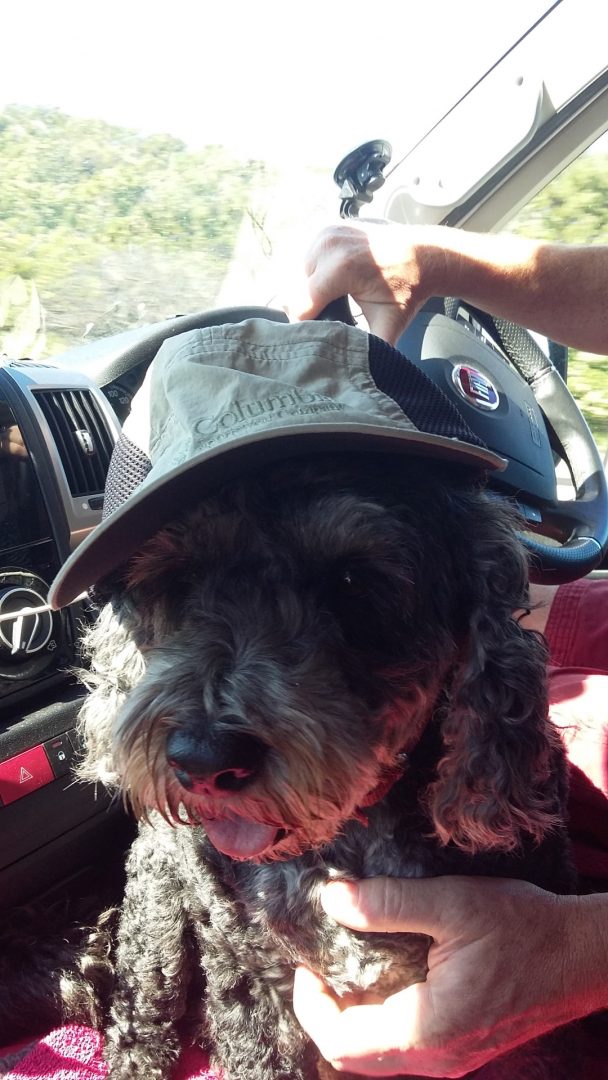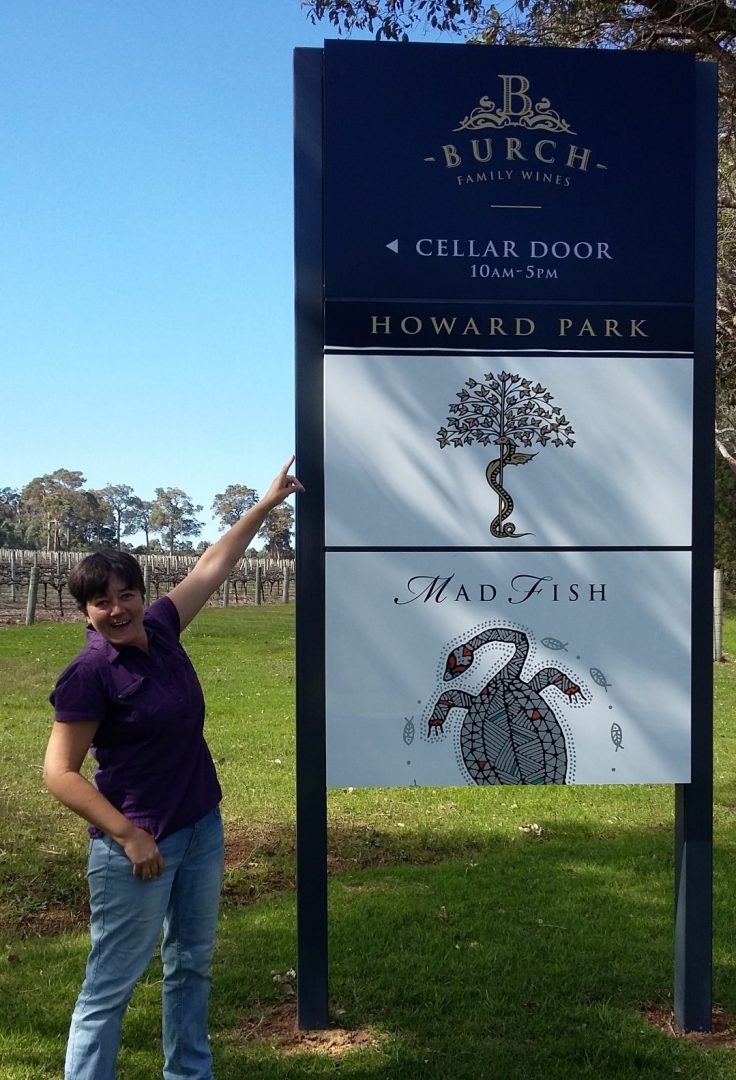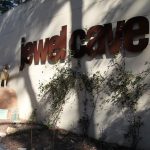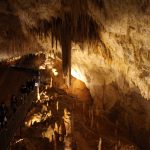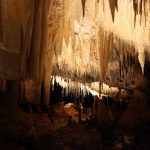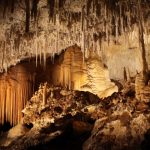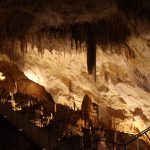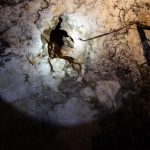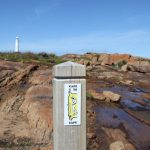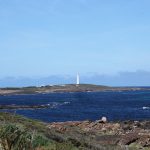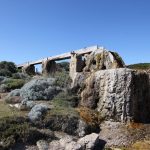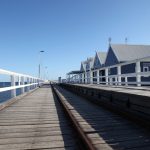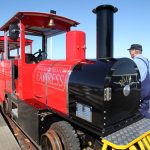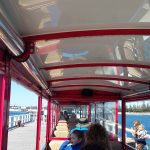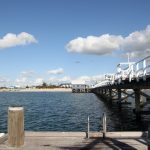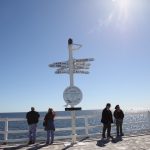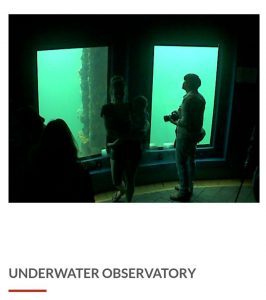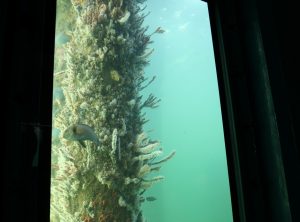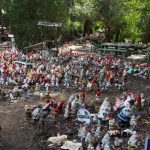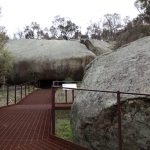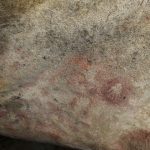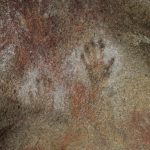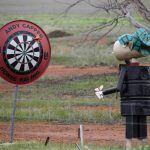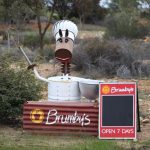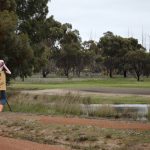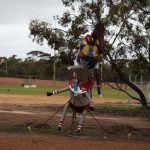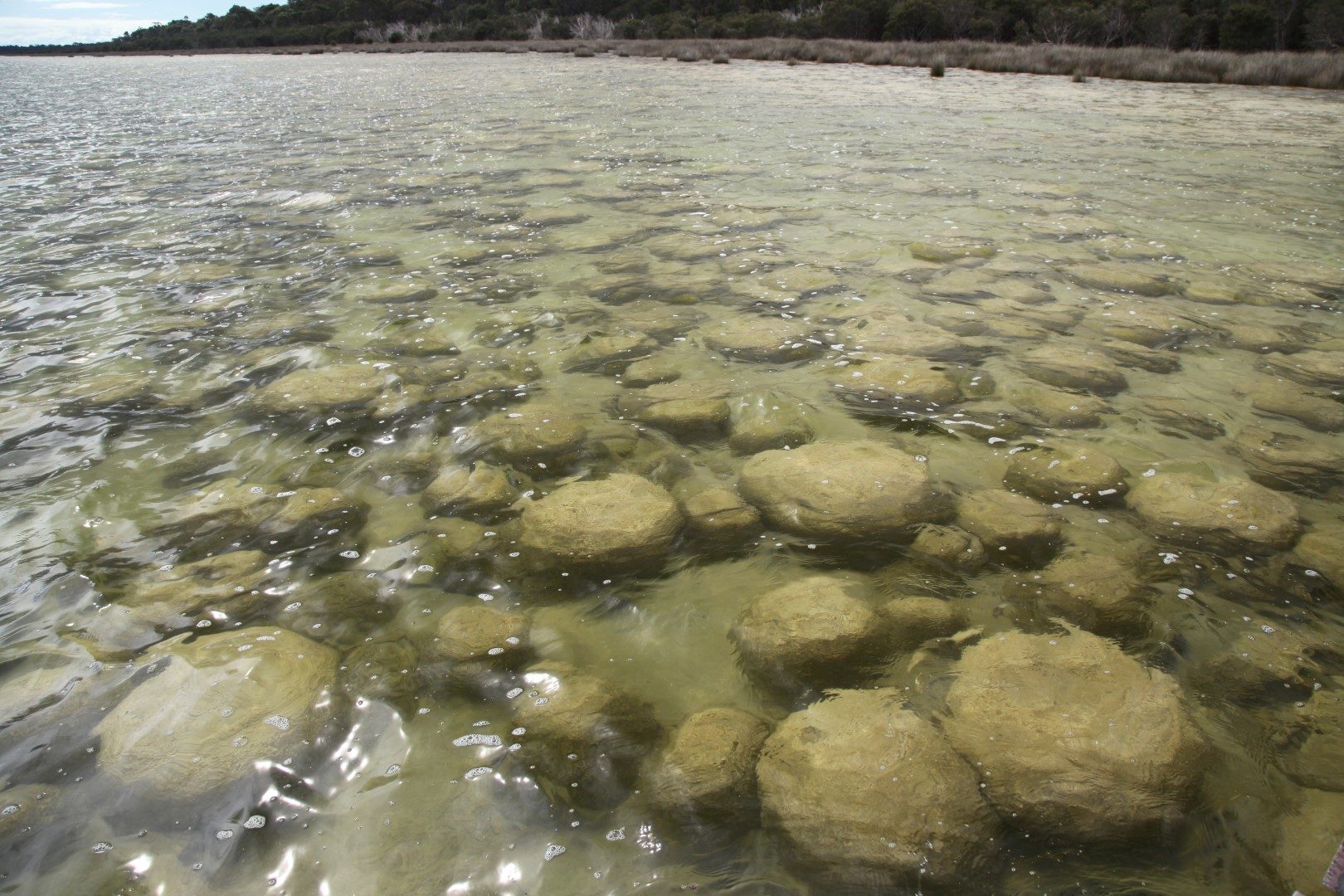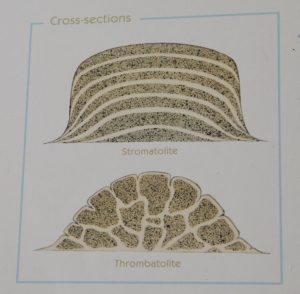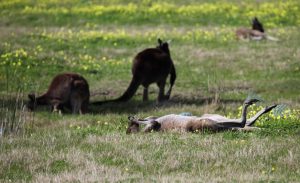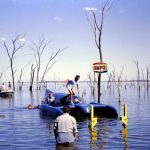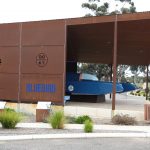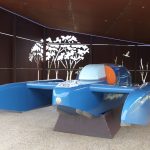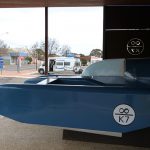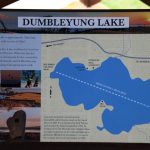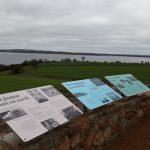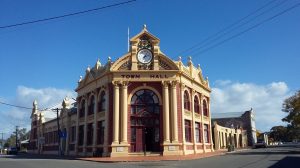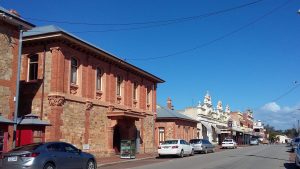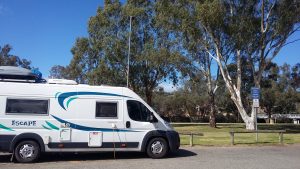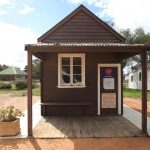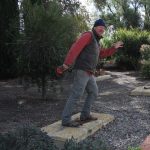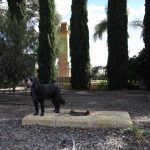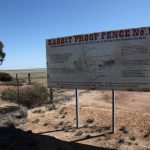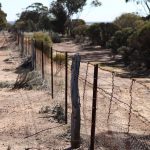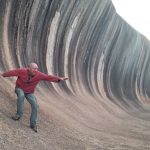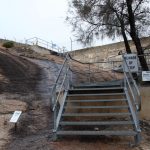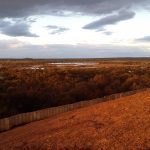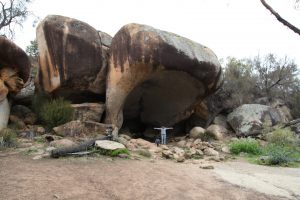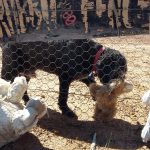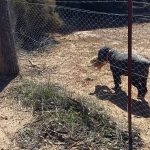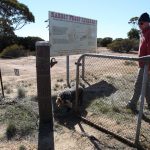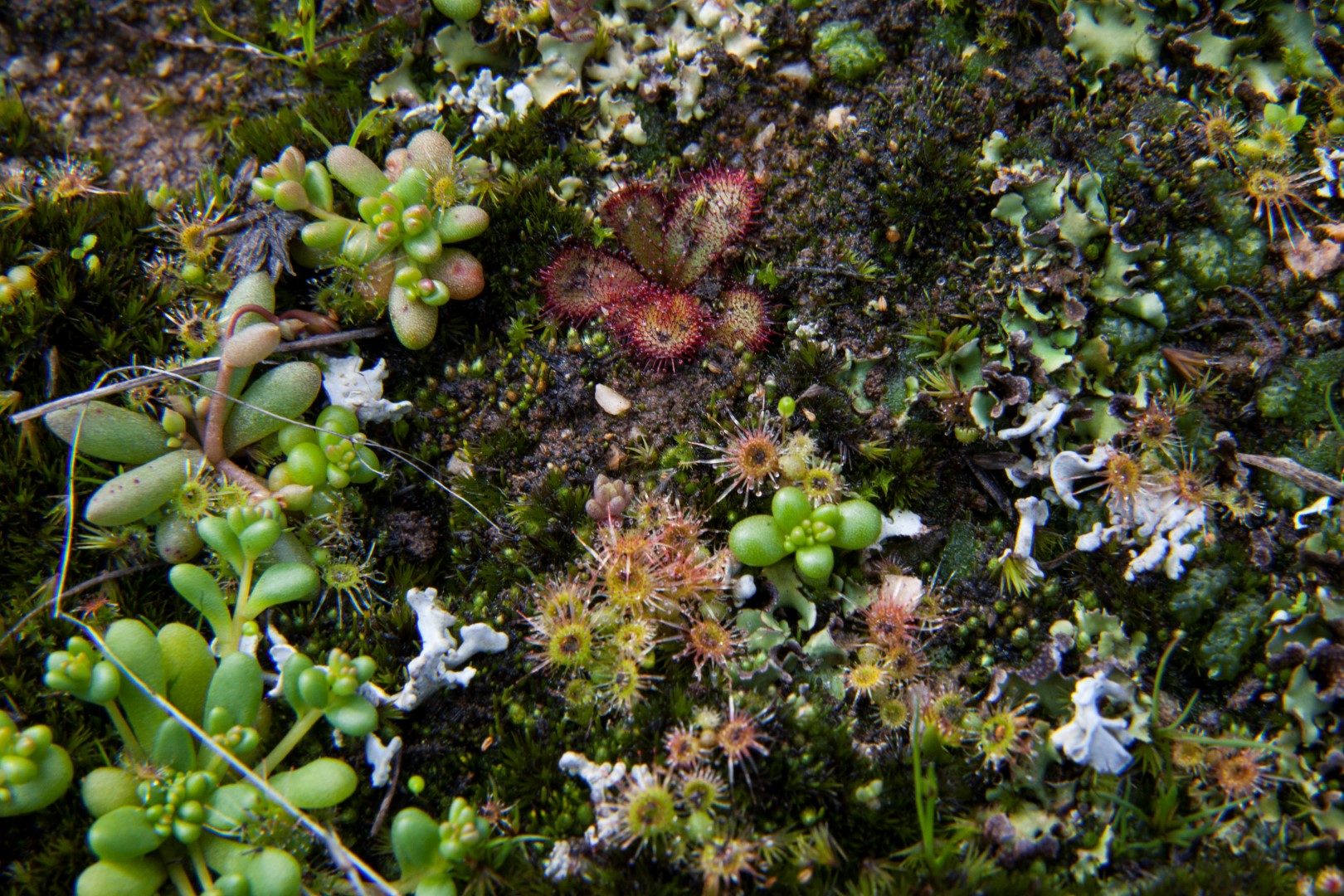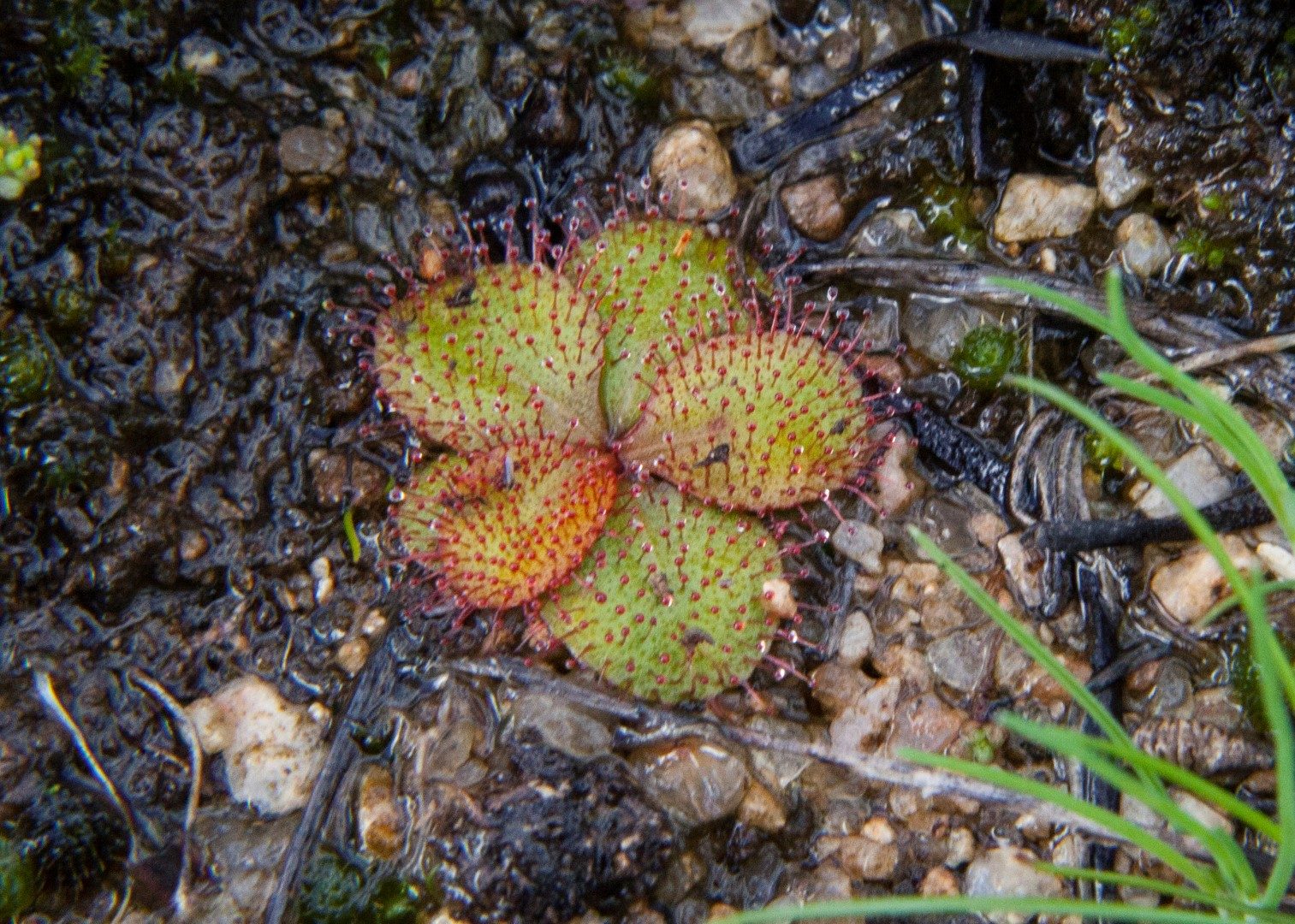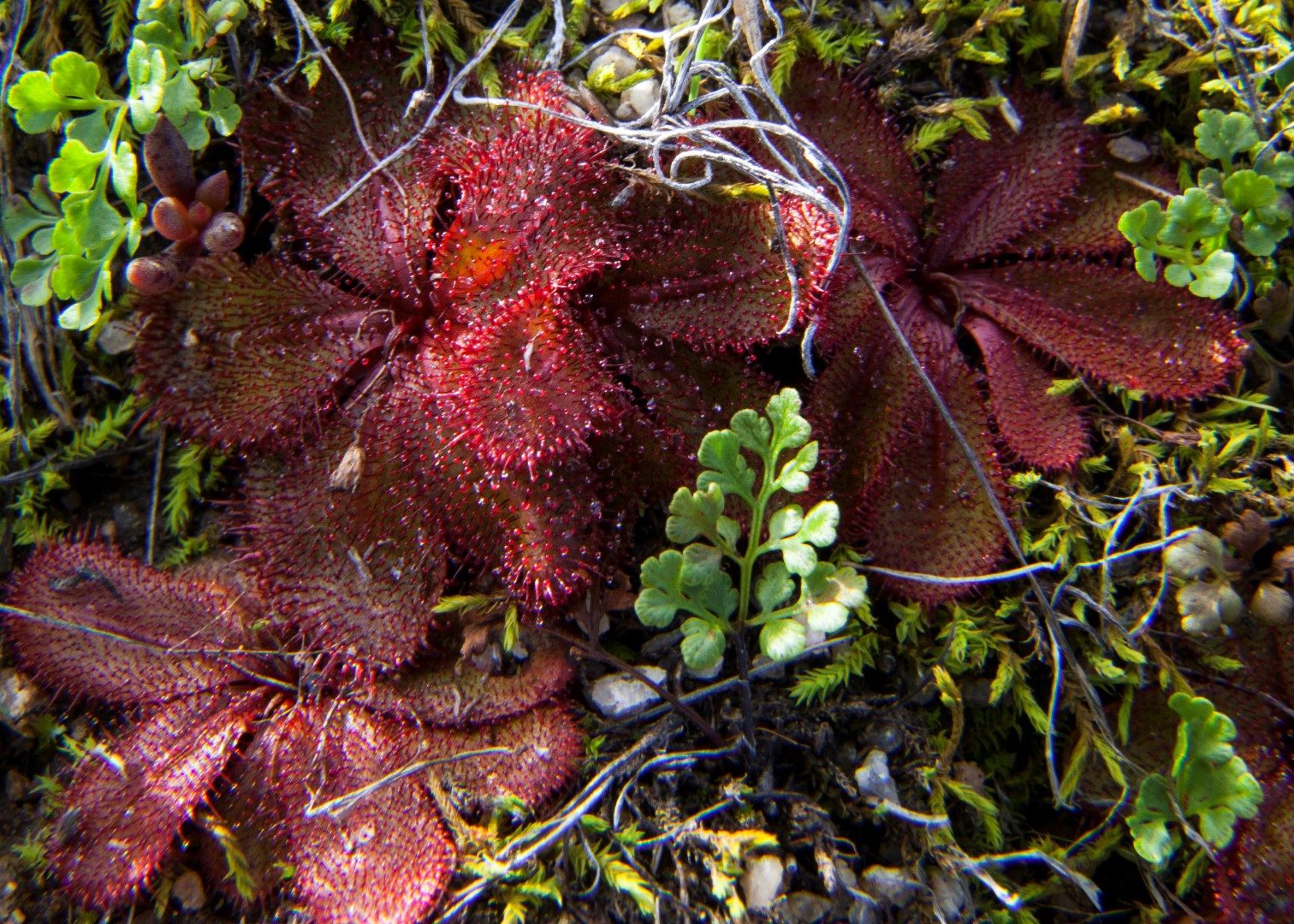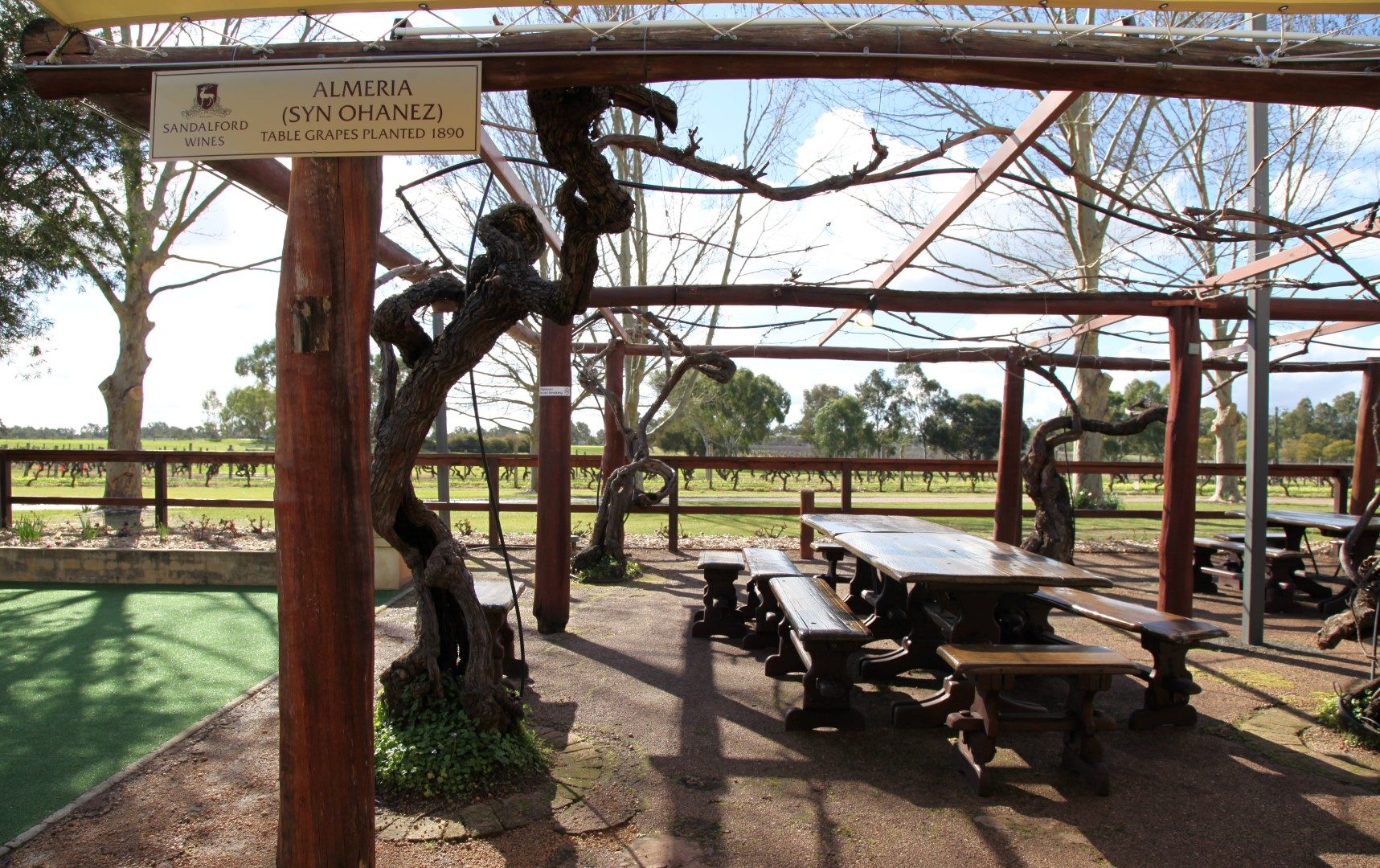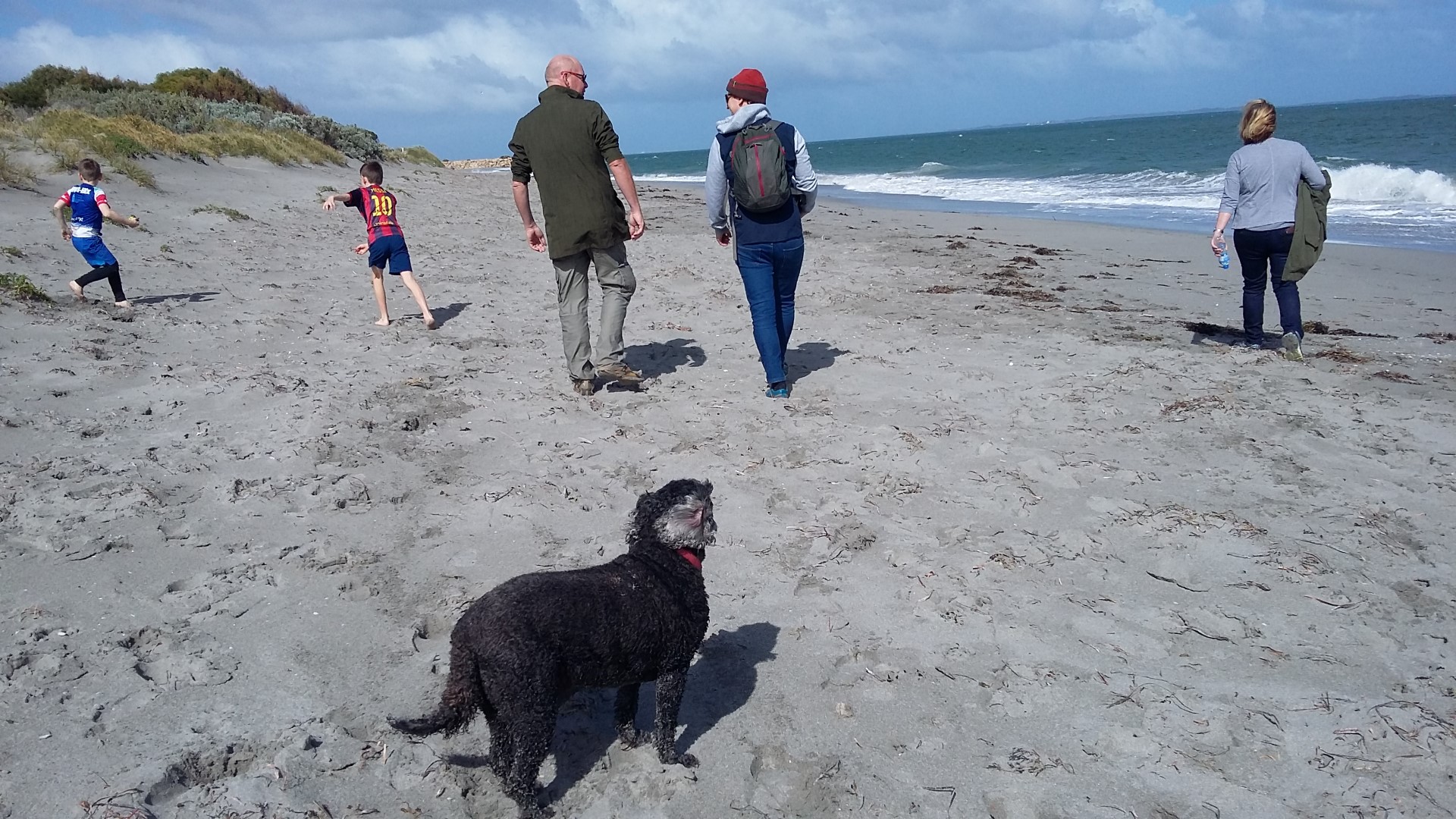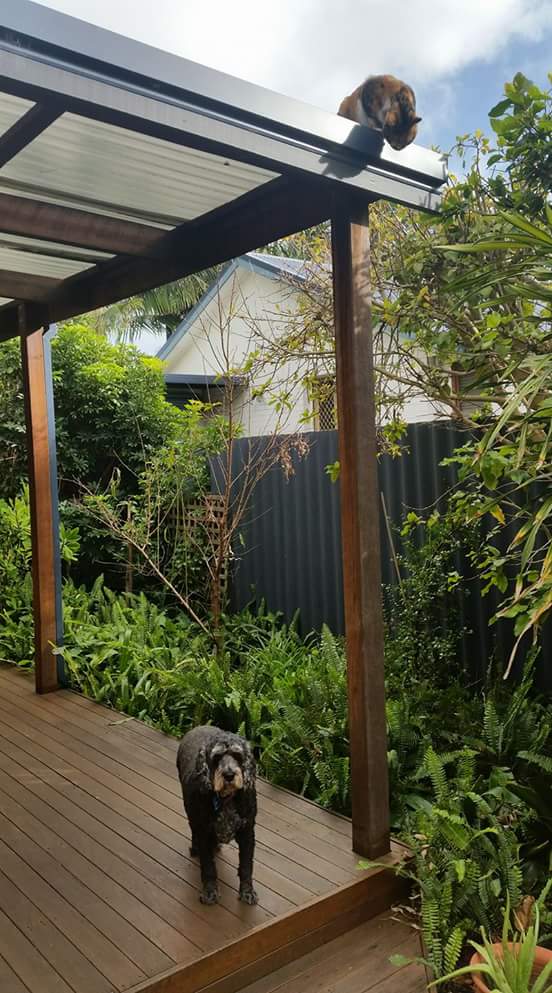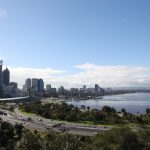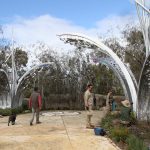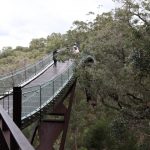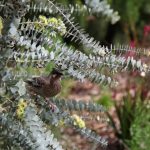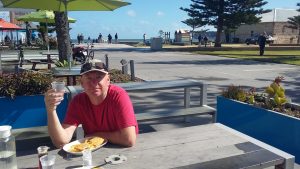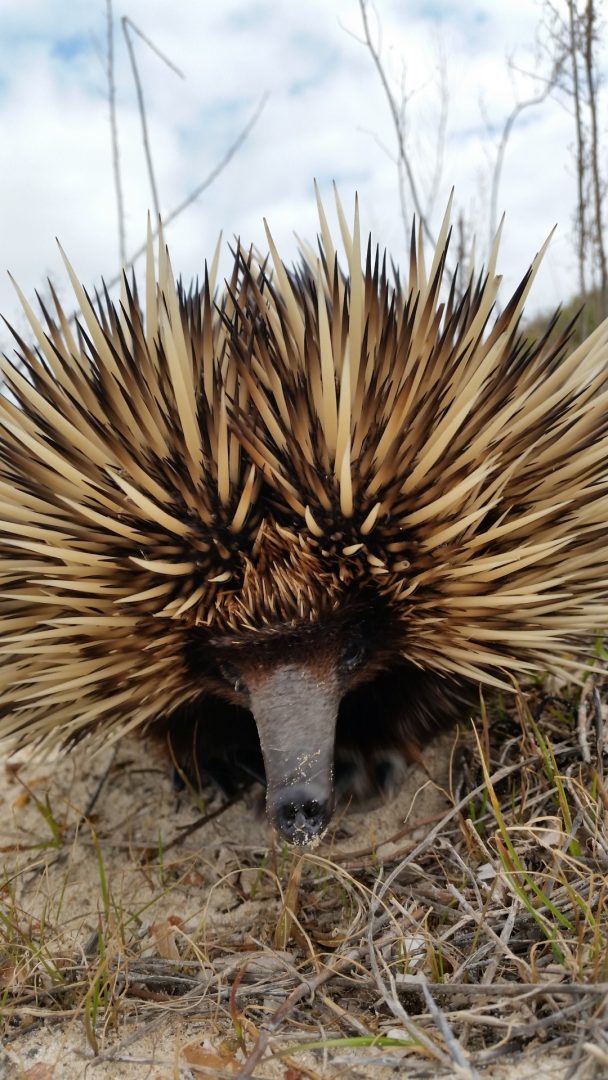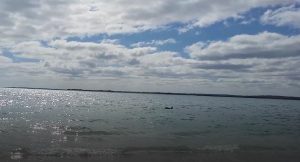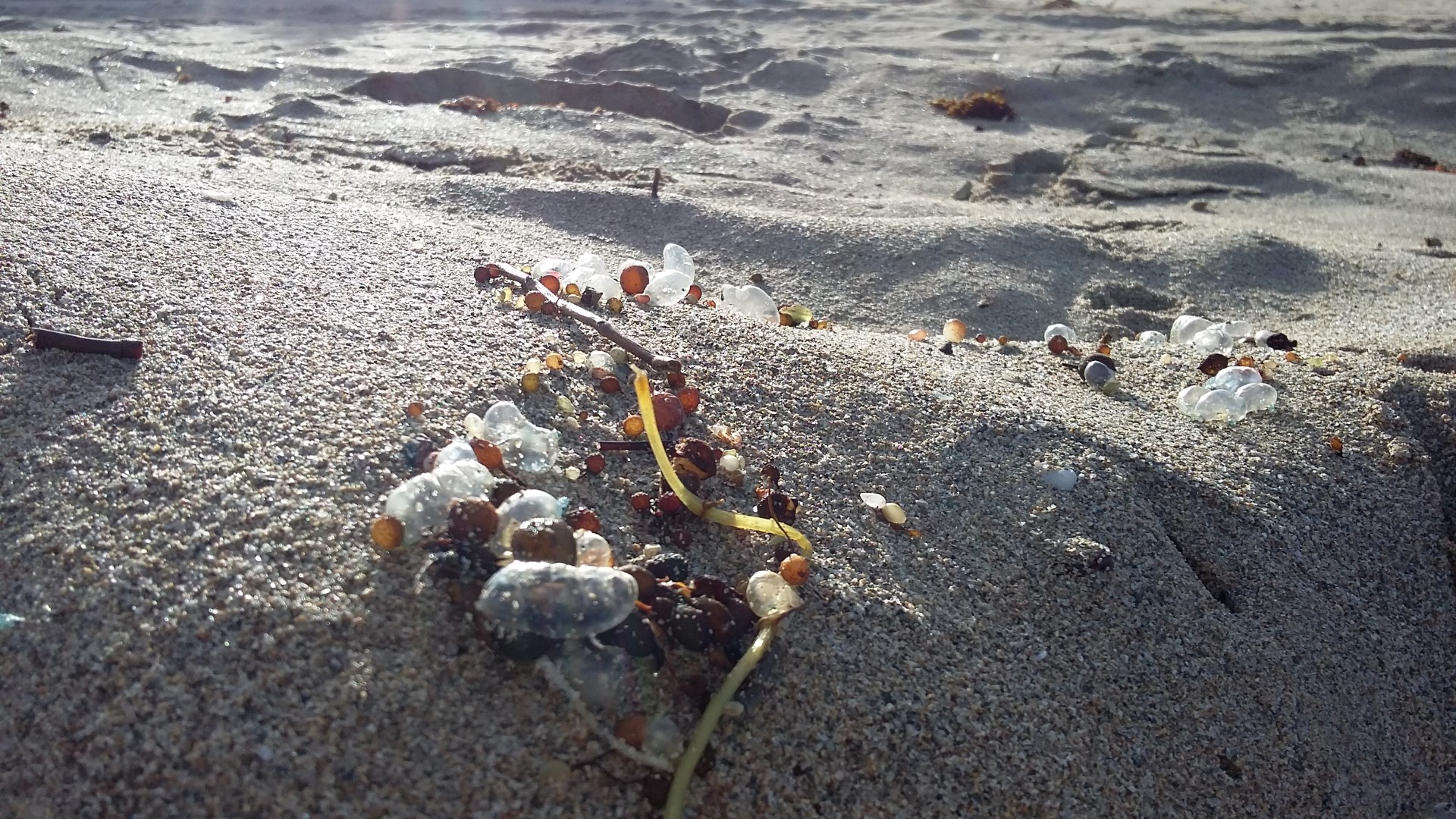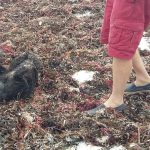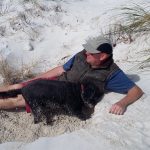Caves Road is the scenic route to take through the Margaret River region, instead of the Bussel Highway. It’s narrow and twisty in parts but there are plenty of places to stop for a break along the way. We thought the Margaret River region was only famous for its wineries, breweries and artisan sellers, and most of these are along Caves Road. However the coastline is also popular with surfers. The surf breaks at Yallingup Beach were among the first ones surfed in WA in the early 1950s.
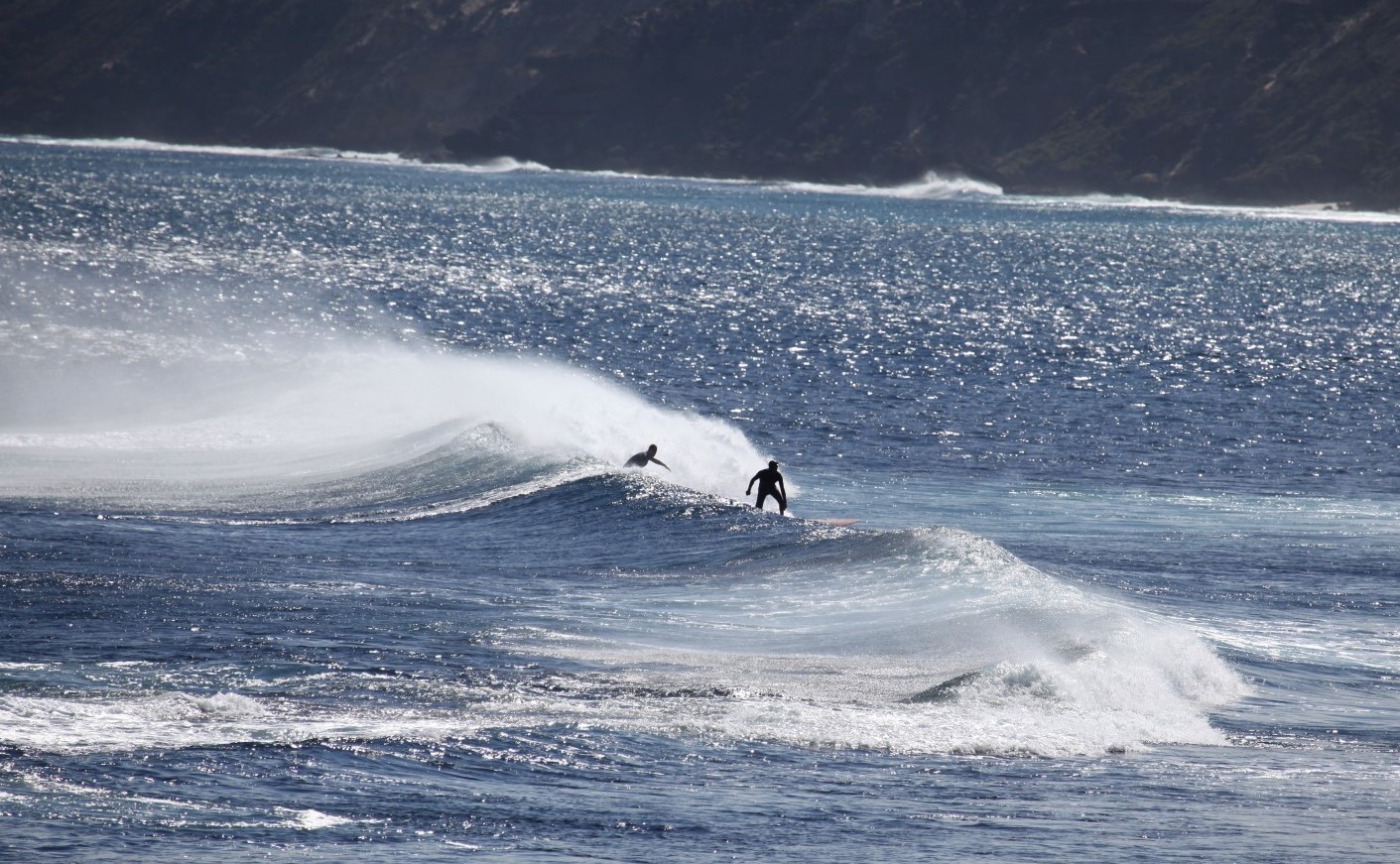
The road winds through forests, dairy farms and vineyards. We had to stop at the Burch Family Wines cellar door, as Burch is a family name but they don’t have the Burch name on their wine bottles unfortunately.
Caves Road runs the length of the limestone Leeuwin-Naturaliste ridge which is undercut by over 150 caves. Four of these are open to the public. We did the Jewel Cave tour, which is the largest cave. You can get a pass to visit more than one which works out a bit cheaper. Jewel Cave is spectacular. Warning though: there are a lot of stairs and narrow walkways. The tour guide turned out all the lights for a minute when we were deep into the cave and it was so dark, you couldn’t see your hand right in front of your face. There is a statue of the extinct Tasmanian Tiger at the entrance, as footprints of the animal have been discovered in the cave.
Augusta is the closest town to Cape Leeuwin – the most south-westerly point of Australia, where the Indian Ocean meets the Great Southern Ocean. The coastline is spectacular but also treacherous. Twenty-two ships were wrecked off the coast before a lighthouse was built in 1896. The nearby water wheel was built to pump water from a spring to the lighthouse cottages. Over time, the wood has calcified and the wheel is now fossilised. Instead of driving, you could walk the 135 km Cape to Cape trail. It starts at Cape Naturaliste, West of Busselton and ends at Cape Leeuwin. It’s usually completed in 5 to 7 days.
Cape Leeuwin is also famous for whale watching but despite sitting with binoculars trained for quite some time, there weren’t any migrating past while we were there.
